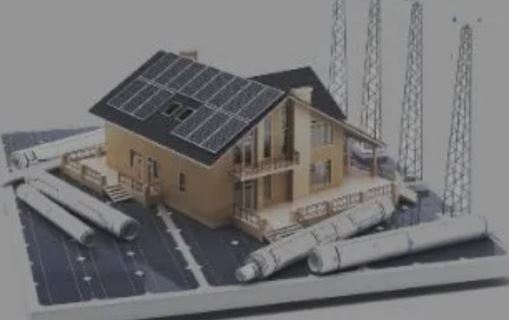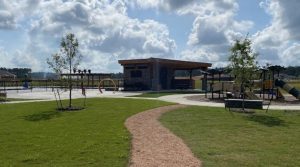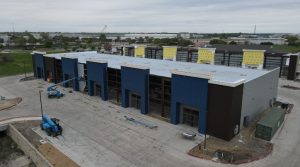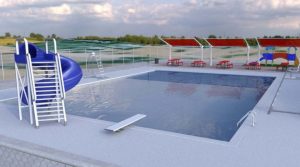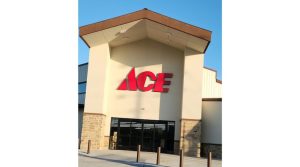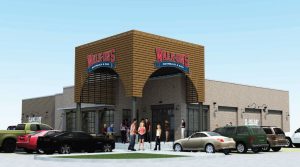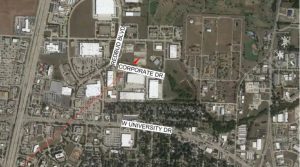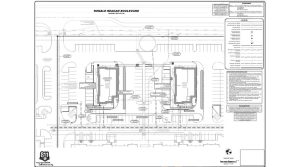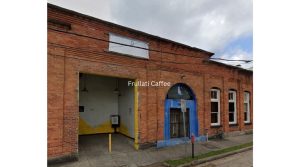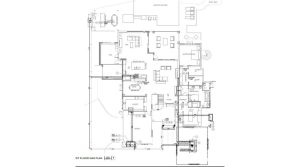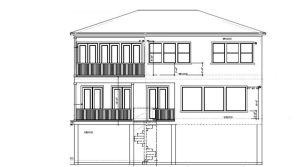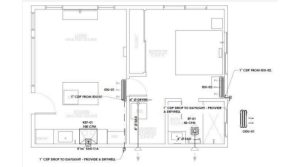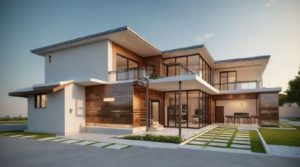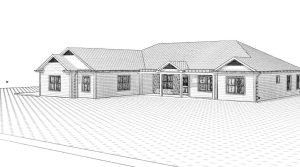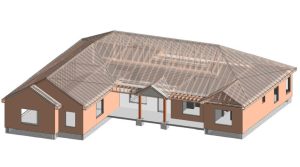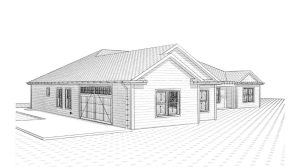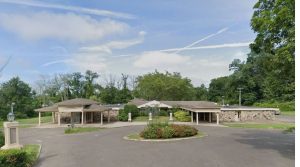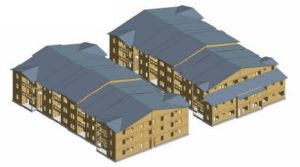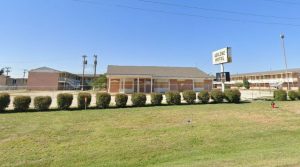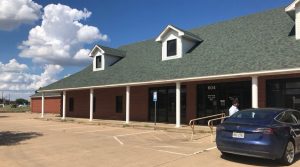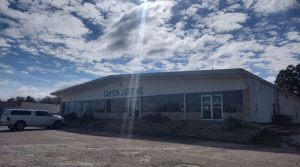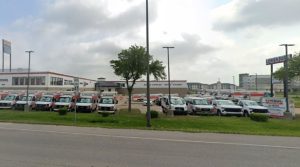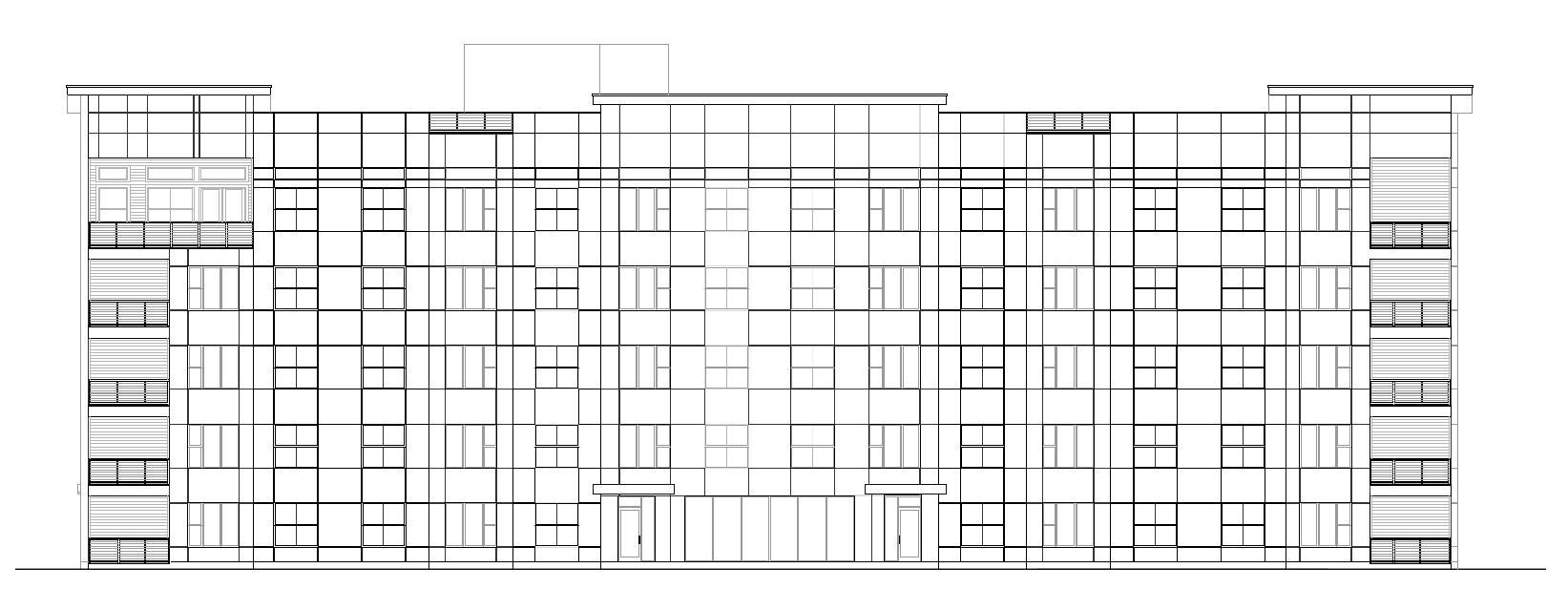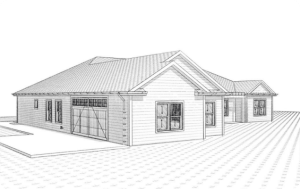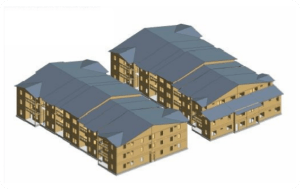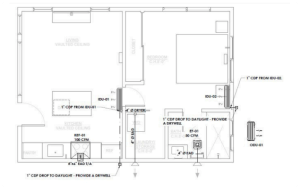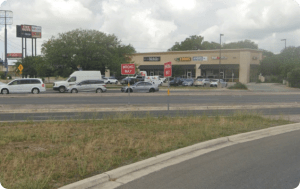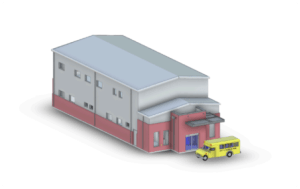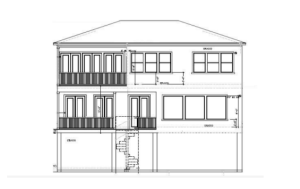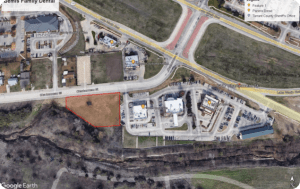Integrating Solar Energy into MEP Design for a Sustainable Texas
As the sun blazes over the vast Texan landscape, it provides more than just warmth. ● It offers a powerful opportunity for sustainable energy. ● In a state known for innovation, integrating solar energy into Mechanical, Electrical, and Plumbing (MEP) design is a crucial step toward sustainability and resilience.
This blog explores how solar energy reduces a building’s carbon footprint, enhances energy efficiency, and lowers costs. ● From solar panel installations to smart energy management systems, we’ll discuss how MEP design can help Texas embrace a greener future.
Why Integrate Solar Energy into MEP Design?
Sustainability is no longer optional—it’s essential. ● Solar energy systems provide reliable power and significantly reduce carbon emissions. ● MEP design ensures solar installations are seamlessly incorporated into a building’s infrastructure.
Moreover, both residential and commercial projects benefit from lower operational costs and greater energy independence. ● By integrating solar technologies into MEP systems, buildings optimize energy use and reduce reliance on traditional grids.
Understanding MEP Systems: A Foundation for Solar Integration
Mechanical Systems
Mechanical systems include heating, ventilation, air conditioning (HVAC), and refrigeration. ● Solar thermal panels harness sunlight to provide hot water and space heating. ● Using energy-efficient equipment and smart design further cuts energy consumption and costs.
Electrical Systems
Electrical systems play a critical role in solar energy integration. ● Solar photovoltaic (PV) systems generate electricity that needs efficient distribution. ● MEP engineers ensure compatibility with existing infrastructure and optimize energy flow. ● Additionally, battery storage solutions offer backup power during outages, enhancing resilience.
Plumbing Systems
Solar hot water systems require careful plumbing design. ● Proper insulation and heat tracing minimize heat loss. ● Backflow prevention systems ensure safety. ● Efficient plumbing systems also help conserve water, which is especially important in Texas’s drought-prone regions.
Overcoming Challenges in Solar Energy Integration
While solar energy offers numerous benefits, integrating it into MEP design can pose challenges. ● Every project requires tailored solutions based on site-specific factors like panel orientation, shading, and local regulations.
Fortunately, experienced MEP engineers navigate these complexities effectively. ● They ensure compliance with state and federal guidelines and devise innovative solutions to achieve sustainability goals.
Economic and Environmental Benefits of Solar-Integrated MEP Systems
Integrating solar energy into MEP systems leads to long-term financial savings. ● Solar panels generate renewable electricity, lowering utility bills. ● Additionally, tax credits, rebates, and incentives enhance the financial appeal even further.
Environmentally, solar-powered buildings produce fewer greenhouse gas emissions. ● By reducing carbon footprints, they support Texas’s transition to a more sustainable future.
The Path Forward: Embracing Sustainability in Texas
Texas has the potential to lead the renewable energy movement. ● By incorporating solar energy into MEP design, the state can reduce fossil fuel reliance and build resilient infrastructure.
Collaboration between architects, engineers, and builders is essential. ● Together, they can create buildings that stand as models of sustainability.
Conclusion
Adopting solar energy solutions through MEP design is a necessary step toward sustainability. ● With significant environmental and financial benefits, solar energy integration enables communities and businesses to thrive in an energy-conscious world.
Join the movement toward a cleaner, greener Texas. ● Through thoughtful design and innovation, we can illuminate the path to sustainability—one solar panel at a time.
visit: https://gdiengdesign.com/gdiengdesign-mep/
Learn more: https://services.austintexas.gov/edims/document.cfm?id=252304
